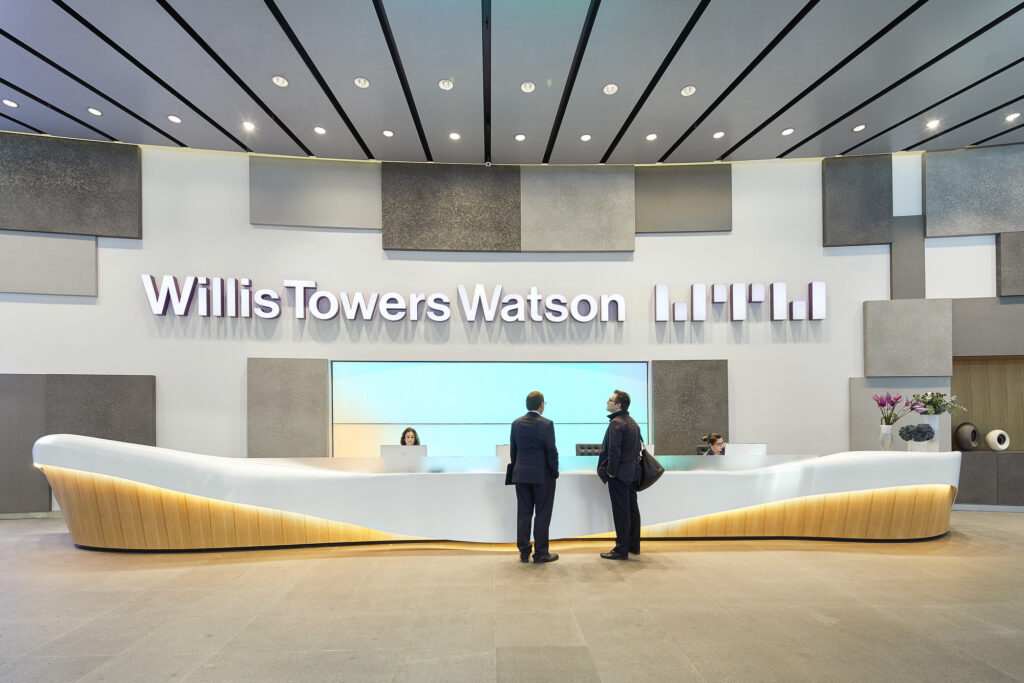ESG Metrics Increasingly Influence Executive Pay in North American Companies, Reveals WTW Study

|
Listen to this story:
|
The adoption of environmental, social and governance (ESG) measures in executive incentive plans continues to increase across markets, including North America, according to a new global study by WTW (NASDAQ: WTW), a leading global advisory, broking and solutions company. The number of U.S. public companies doing so continues to grow, and similar trends are occurring among companies in Canada, Europe and Asia Pacific, the study found.
In the U.S., more than three in four S&P 500 companies (76%) reported in this year’s proxies that they incorporated at least one ESG metric in their executive incentive plans, an increase from 69% the previous year and just 52% three years ago. While growth is occurring in both short-term incentive (STI) and long-term incentive (LTI) plans, most of the growth is happening in STI plans. In Canada, four in five TSX 60 companies reported using at least one ESG metric in their executive incentive plans, an increase from 68% three years ago. While ESG metrics are still much more commonly used in STI plans, the prevalence of ESG metrics in LTI plans has nearly quadrupled in the past three years.
“Companies’ interest in tying executive incentive plans to ESG measures is showing no signs of abating,” – Robert Newbury | senior director of the Global Executive Compensation Analysis Team, WTW
Metrics related to human capital remain the most popular across all ESG categories, used by 70% of S&P 500 companies and 75% of TSX 60 companies. Environmental metrics saw a significant increase in adoption for both markets. Over the past three years, use of environmental metrics rose from 12% to 44% in the U.S. and from 27% to 50% in Canada. Within the environmental category, carbon emissions reduction is by far the most common metric.
“Companies’ interest in tying executive incentive plans to ESG measures is showing no signs of abating,” said Robert Newbury, senior director of the Global Executive Compensation Analysis Team, WTW. “In fact, we are seeing narrower industry gaps in the use of ESG metrics as we see increased adoption in the IT and consumer goods industries. The ongoing growth we are seeing reflects the continued focus from companies across markets and countries to articulate how ESG priorities are embedded in their business strategy and how they are seen as a key measure of non-financial performance.”
WTW’s study also included 328 companies across nine major indices in Europe as well as 264 companies across seven major markets in the Asia Pacific region.
Related Article: WTW Launches Innovative ESG Analytics Platform
The key findings from those companies include the following:
- The prevalence of ESG metrics within executive incentive plans continues to rise in Europe and Asia Pacific, increasing from 90% to 93% and from 63% to 77%, respectively.
- In Europe, the use of ESG metrics in LTI plans is common. The majority of European companies now include ESG metrics in their LTI plans, mostly in the environmental and climate areas. This represents a 35-percentage-point increase from 21% to 56% in the past three years.
- While Europe is ahead of North America in its emphasis on the environmental and climate areas, human capital metrics remain a top priority. In Europe, more than 80% of companies use at least one human capital metric in their executive incentive plans.
“We continue to see pressure from institutional investors to articulate how ESG and sustainability priorities drive long-term sustainable value creation. Meanwhile, North American companies are also seeing greater regulatory pressure on ESG-related disclosures. We expect a greater emphasis in identifying and measuring individual elements of ESG most impactful to businesses,” said Ken Kuk, senior director of Executive Compensation and Board Advisory, WTW.










